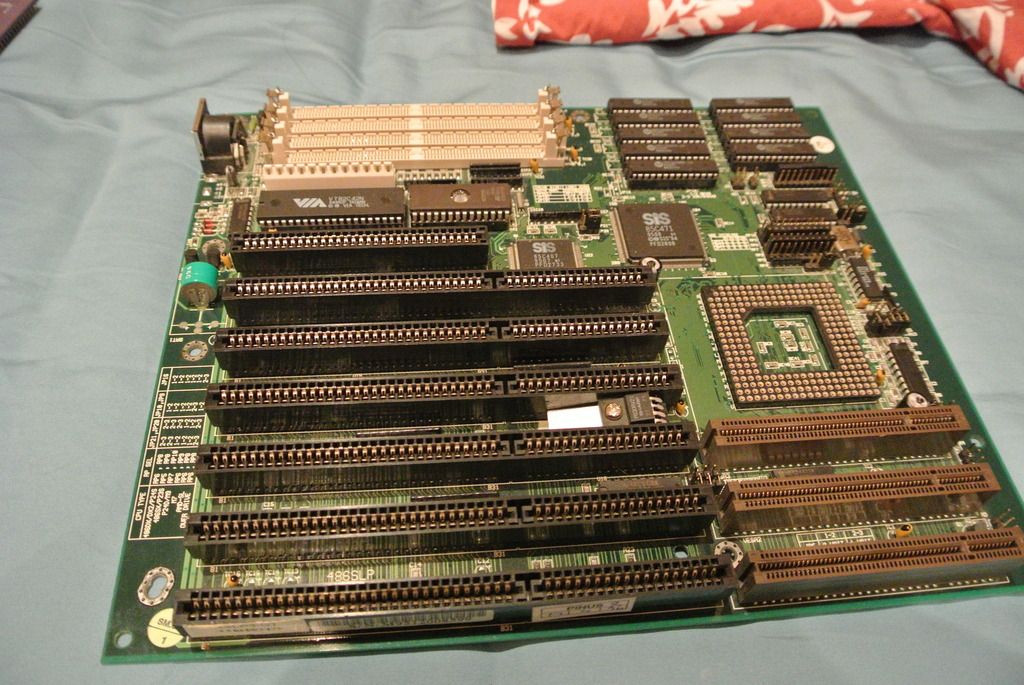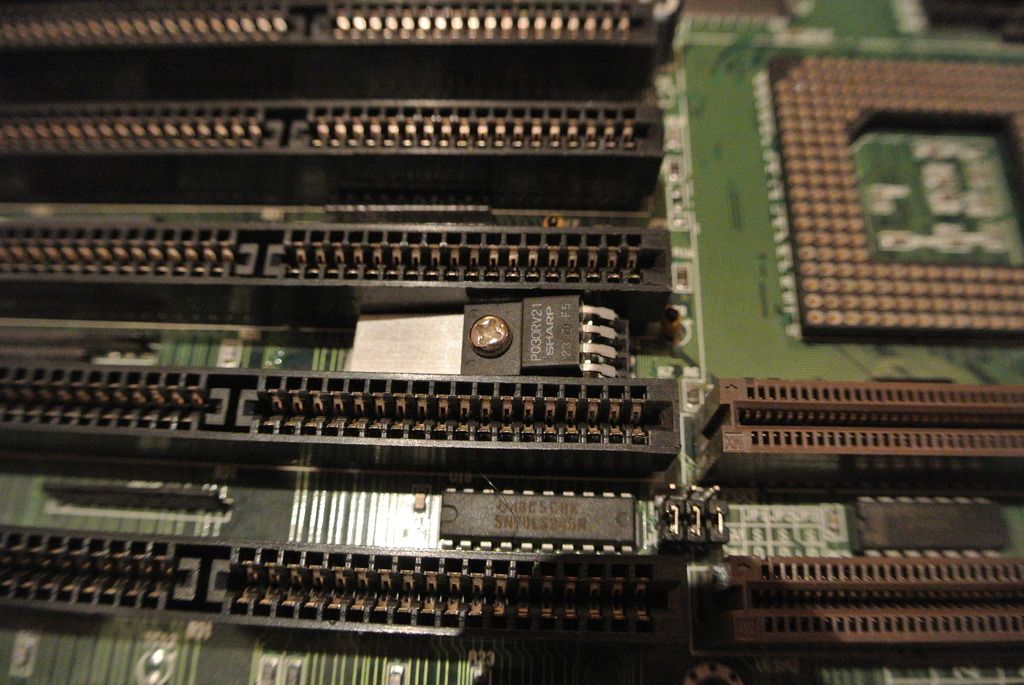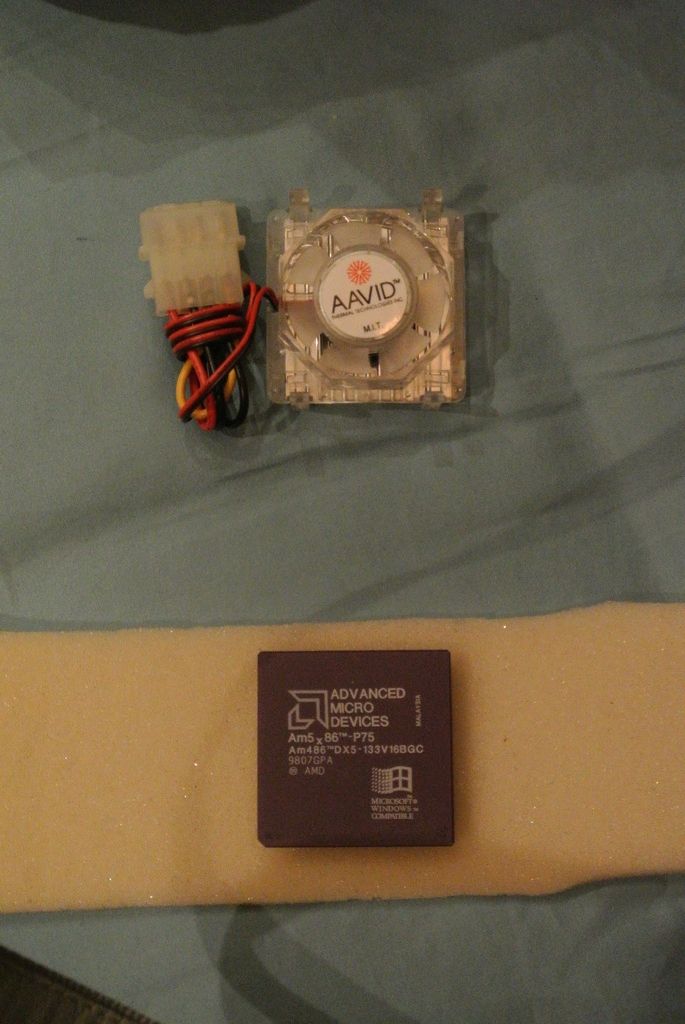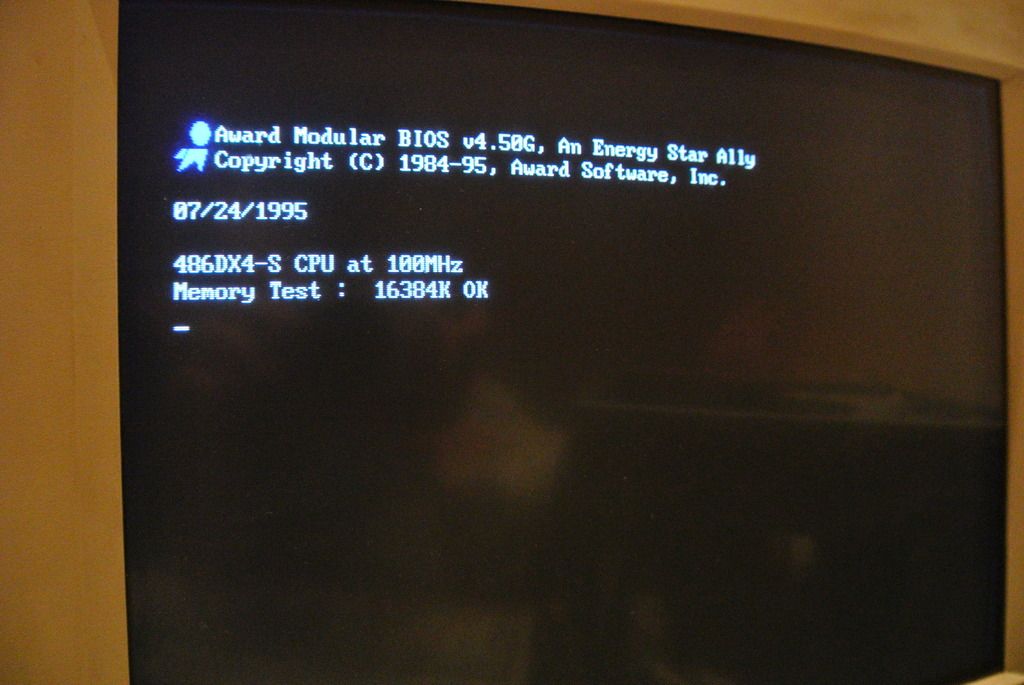First post, by jheronimus
- Rank
- Oldbie
Hi, all
I've been looking for parts to complete a 486 system for two months now. My goals are:
- get a working AMD 5x86 VLB system in a desktop AT case complete with Turbo button working and so on;
- install DOS 6.22 and get networking up and running on it. Finetune the shit out of it;
- finally test all the sound cards I have and get some sort of General MIDI working in DOS;
- get the MIDI2USB trick working so I can have MT-32 emulated on a modern PC with Munt and then fed to my 486;
I have a Pentium Pro/Voodoo machine for all my late DOS and Win95 gaming, so this is more of a system for Doom/Lands of Lore/Ultima Underworld and some Sierra/Lucas Arts games (hence the need for Munt). 486 is probably not the most practical choice for a second DOS machine (as opposed to 386), but I'm kind of excited to mess around with this platform for the first time.
I think this will be kind of a long project, so I'll try to log it with separate posts in this thread.







